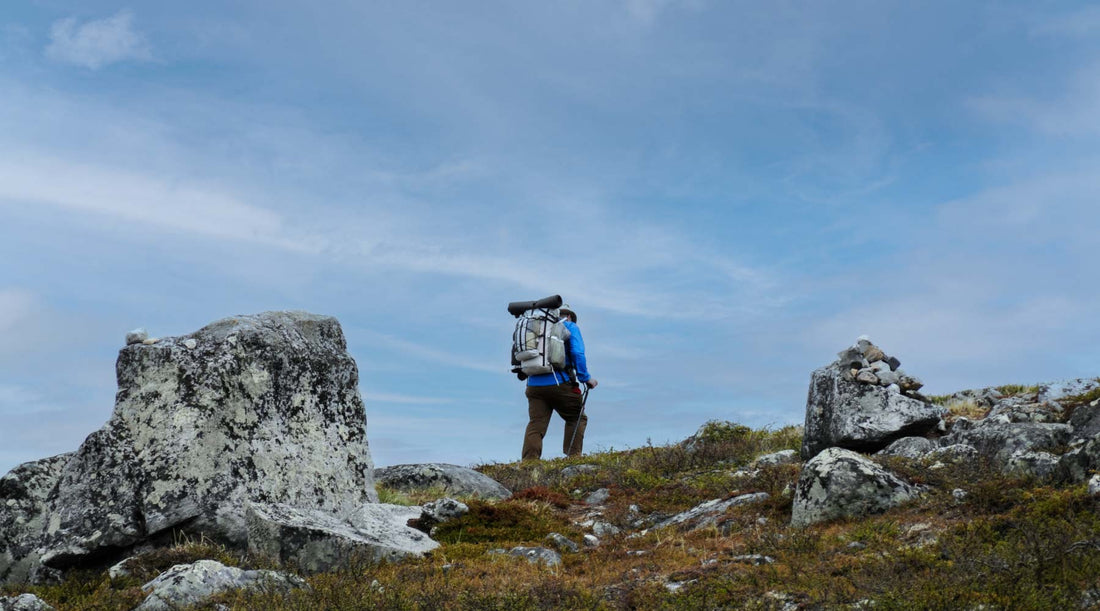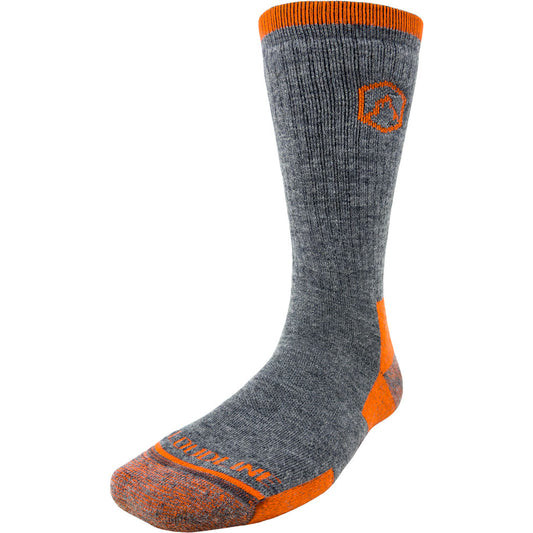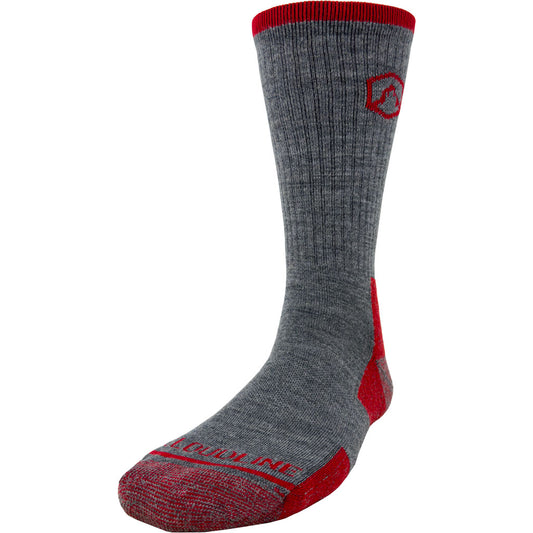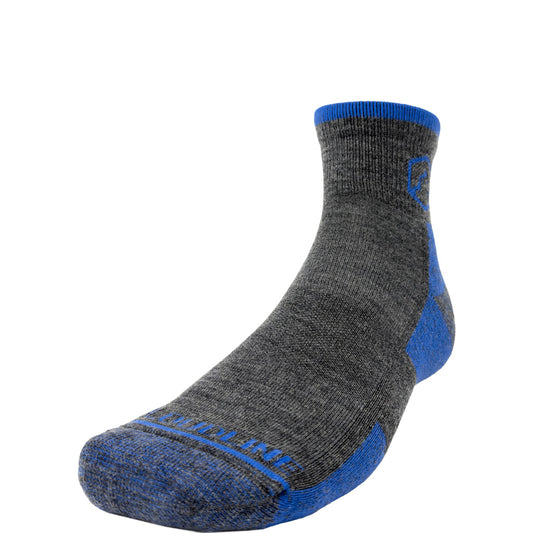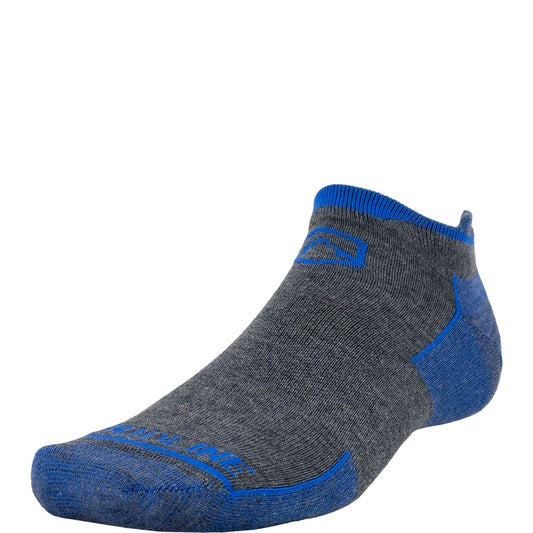"Should I take this?"
Have you ever packed for a backpacking trip and struggled to know what to bring? Did you forget something important, or (arguably) worse, pack something heavy you didn’t end up needing?
Packing light while being prepared is a tricky balancing act. You don’t want to leave something important behind, but you also don’t want to carry an overstuffed pack that feels like hardened cement.
Whether or not you want to travel ultralight, heavy packs are draining — physically and mentally. They keep you from enjoying your trip and can take a huge toll on your energy. The trick is to cut down on weight strategically while making sure you have everything you need for your trip.
Don’t worry, you don’t need to ditch all your gear or invest in all-new ultralight everything to trim down your pack weight. In fact, with a few quick adjustments, you can shed some weight from your pack and enjoy hiking a little faster and lighter on your next adventure.
Start With the Big Three: Backpack, Sleep System, and Shelter

The three classically hefty items, affectionately dubbed “the big three,” make up the bulk of your base weight. These are your backpack, sleep system (including your sleeping bag and pad), and shelter.
To figure out how heavy your stuff really is, use a reliable scale while packing. Weighing individual items will show you what’s heaviest. This can help you determine where to try to cut excess weight, or, if you want, which gear to upgrade.
Backpack
It’s not easy — or worth it — to focus on trimming your backpack’s weight. While there are ultralight options on the market, they aren’t ideal for most hikers. Ultralight bags are durable and light, but they typically lack the structure and suspension to handle base weights over 15 pounds over long distances. If you are moving toward an ultralight set-up, switch bags after you replace all your other gear.
For most hikers, the simplest and most practical way to cut pack weight is to swap out the pack cover for a trash bag. While keeping your pack completely dry, trash bags are light, compressible, and easily replaceable.
Sleep System
There’s no “one-size-fits-all” for the perfect, lightweight sleep setup. Rather, your system should depend on the weather and your preferences. But here are a few things to keep in mind:
First, down insulation is far lighter and more compact than synthetic materials. But it doesn’t do well if it’s wet, so keep that in mind during the rainy season.
Next, ditch your compression bag. With a light sleeping bag, over-compressing creates a dense, awkwardly shaped blob in your bag. Instead, cram your loose bag into the bottom of your pack, where it’s more moveable and manageable.
When it comes to sleeping pads, there are a few options. First, lighten up with an inflatable or ultra-light foam pad. To go even lighter, cut your foam pad to cushion the length of your torso only. You can put your legs and feet on your pack to keep them elevated and off the ground. If you don’t want to cut so much off your foam pad, try snipping the corners to cut down on areas typically left untouched.
Shelter
Like your sleep system, the best lightweight shelter depends on weather, environment, and personal preference.
Tarps are a popular option, cutting out the weight of walls and a tent floor while keeping you covered from the rain. Tarps not only have less surface area than tents but can be set up using cords and trekking poles. Without tent poles and stakes, you can cut down on significant weight in your pack.
If you’re craving more shelter than a tarp provides, ultralight tents are a great alternative. Check the weight of your current shelter, and consider a lighter option if it weighs over two pounds per person. If you aren’t ready to invest in a new tent just yet, lighten your load by leaving your stakes behind. On the trail, use cord tethers or rocks to secure your tent in place.
Optimize Your Clothing and Gear System

When it comes to clothing and gear, do your research to determine what you need and what you don’t. Not sure if you should take microspikes? Call the ranger district or land management service for trail conditions. Wondering how many layers you’ll need? Keep your eyes on accurate weather reports and conditions along your route (and keep elevation in mind, too).
Usually, you don’t need multiple shirts or pants on the trail—especially when the ones you have are made from merino wool, hemp, or synthetic fibers like polyester. Bring a few trusty items, and leave extras behind with your stinky self-consciousness.
As with sleeping bags, down puffy jackets are the lightest and most compressible option.
And while you’re focused on what goes in your bag, consider the rest of your gear, too. For example, how heavy are your hiking boots? If your ankles can handle the switch, try a pair of sturdy, light trail runners to cut significant weight.
Don’t skip out on emergency gear or enough layers to keep yourself safe and warm. But knowing what to expect on the trail can help you cut down on unnecessary extras.
Keep Food and Water Ultralight

When it comes to carrying food and water, on the trail, there’s only so much weight you can cut. After all, both are crucial — and water is heavy.
To keep your bag light, plan reasonable places to filter and re-stock water supplies as you go. Be sure to find out if water sources marked on your map are accessible and running when you’ll be there, and plan time for chemical treatment or for you to manually filter water. On the three major American thru-hikes, opportunities for water re-supply are never more than a few days away. Research these beforehand, mark them on your map, and make stopping for a re-supply part of your day’s plan.
For lightweight food, dehydrated meals work great. While some backpackers prefer to “cold soak,” meaning they rehydrate food without a stove, there are also light stove options for those intent on hot food and coffee.
Alcohol stoves, which can be made out of a soda or cat food can, are inexpensive and light. Light propane stoves are a more efficient option, but they’re more expensive. Consider your own preferences and budget when deciding which option will work best for you.
Whittle Down the Extras

We’ve covered how to trim down weight when it comes to the big items, but what about all the extras? Lightening all the extra weight in your pack comes down to bringing only what you need. With this tip in mind, you can shave a little more weight from your pack. Here are some tips to help:
- Use small, resealable plastic bags or lightweight containers to repackage food, hygiene products (like soap, sunscreen, and toothpaste), and certain items in your repair or first aid kit. When you repackage, bring only what you need — for example, you probably won’t use the entire bottle of sunscreen.
- Substitute a water bladder or inflated plastic bag — covered with clothes or a jacket — for a camp pillow.
- Electronics are heavy. Bring as few phones, Kindles, or tablets as possible. Besides, getting off the grid is part of the joy of backpacking!
- If you’re backpacking with friends, plan together and share gear. Consolidate things like stoves, first aid kits, and tents, making sure that there is enough of everything for the whole group. Then disperse the weight of the shared gear between backpacks.
- Think carefully about each item as you pack. When you’re not sure about something, think about whether or not you’ve used it on your last three trips. If you haven’t, try a trip without it to see how necessary it really is. (This rule does not apply to the 10 essentials — that’s why they’re called essentials!).
Feeling lighter?
Enjoy getting out and getting away, embracing the minimalist rhythms that come with backpacking. Who knows? Maybe you’ll find ways to lighten up your daily life off the trail, too.
For more tips, ideas, and inspiration for the trail, be sure to subscribe to Cloudline emails. We’ll keep you up-to-date with our latest blog posts, products, and sales so you don’t miss a beat — and can spend more time outside.

